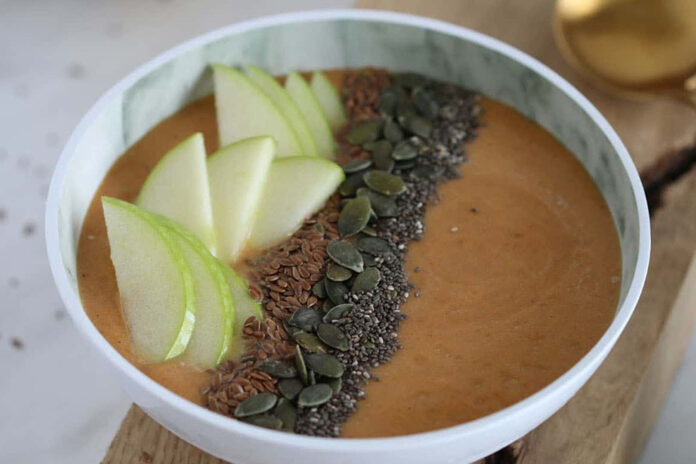🥇Achieve success with Melbourne’s top-rated brand strategy agency🔝. Boost your brand identity and outshine your competition💡. Join us today!🚀
In an era where the market is saturated with brands vying for consumer attention, the role of a brand strategy agency has become increasingly pivotal. Melbourne, known for its vibrant business landscape and innovative spirit, is home to a number of such agencies that excel in helping businesses craft distinctive and compelling brand identities. This essay explores the multifaceted role of brand strategy agency Melbourne, their significance in today’s competitive environment, and the unique contributions they bring to the table.

The Essence of Brand Strategy
At its core, brand strategy is more than just a marketing tactic; it is the blueprint for a brand’s long-term vision. It encompasses the essence of what a brand stands for, including its values, mission, and unique selling propositions. A well-devised brand strategy helps businesses differentiate themselves from competitors, resonate with their target audience, and build lasting relationships.
Brand strategy agencies in Melbourne specialize in creating these comprehensive plans. They delve deep into market research to understand consumer behavior, industry trends, and competitive dynamics. This research is crucial for developing a strategy that not only aligns with a company’s goals but also addresses the evolving needs of the market.
Understanding Melbourne’s Market Dynamics
Melbourne’s market is characterized by its diversity and dynamism. As a major economic hub in Australia, the city hosts a range of industries from finance and technology to creative arts and hospitality. This diversity necessitates a nuanced approach to brand strategy, as each industry has its own set of challenges and opportunities.
For instance, in the tech sector, where innovation is key, brand strategy agencies in Melbourne focus on emphasizing cutting-edge solutions and thought leadership. On the other hand, in the
hospitality industry, where customer experience is paramount, these agencies may concentrate on crafting a brand narrative that highlights unique experiences and personalized services.
Melbourne’s cultural richness also plays a significant role. The city’s appreciation for art, fashion, and design influences how brands communicate their identities. Agencies must therefore integrate local cultural elements into their strategies to ensure authenticity and relevance.
Tailoring Strategies to Business Needs
One of the primary functions of a brand strategy agency is to tailor strategies to meet specific business needs. This involves a thorough analysis of the company’s current market position, competitive landscape, and internal capabilities. Agencies work closely with businesses to identify their strengths and weaknesses, opportunities for growth, and potential threats.
For example, a startup may require a brand strategy that establishes its presence and credibility in a crowded market. This could involve developing a strong brand narrative, visual identity, and a comprehensive digital presence. Conversely, an established company might seek a rebranding strategy to revitalize its image and connect with a new audience segment.
Innovative Approaches to Brand Building
Melbourne’s brand strategy agencies are known for their innovative approaches. They leverage a range of tools and techniques to create impactful brand strategies. This includes digital marketing, content creation, design thinking, and consumer engagement strategies.
Digital marketing is a critical component of modern brand strategies. Agencies use data-driven insights to optimize digital campaigns, enhance online visibility, and drive engagement. This involves SEO, social media marketing, and content marketing—all aimed at building a strong online presence.
Design thinking is another area where Melbourne agencies excel. This approach involves empathizing with the target audience, defining the problem, ideating solutions, prototyping, and testing. It ensures that the brand strategy is grounded in real consumer needs and behaviors.

Building Lasting Brand Relationships
One of the key outcomes of a well-executed brand strategy is the establishment of lasting brand relationships. Agencies in Melbourne focus on creating emotional connections between brands and consumers. This involves crafting compelling brand stories, engaging content, and memorable experiences.
Brand storytelling is a powerful tool in this regard. It allows businesses to communicate their values, vision, and mission in a way that resonates with their audience. Agencies help businesses develop a narrative that not only captures attention but also fosters loyalty and trust.
Measuring Success and Adapting Strategies
An effective brand strategy is not static; it requires continuous evaluation and adaptation. Melbourne’s brand strategy agencies emphasize the importance of measuring success and making data-driven adjustments. This involves tracking key performance indicators (KPIs), analyzing consumer feedback, and monitoring market trends.
Agencies use various tools and methodologies to assess the impact of their strategies. This includes web analytics, social media metrics, and customer surveys. Based on these insights, they refine strategies to enhance performance and ensure alignment with evolving market conditions.
Conclusion
In the bustling business environment of Melbourne, brand strategy agencies play a crucial role in helping companies navigate the complexities of brand building. Their expertise in market analysis, innovative approaches, and focus on long-term success enables businesses to create compelling brand identities and forge meaningful connections with their audiences.
As the market continues to evolve, the need for strategic brand management will only grow. Melbourne’s brand strategy agencies are well-equipped to meet these demands, offering businesses the insights and tools they need to thrive in a competitive landscape. By partnering with these agencies, businesses can ensure that their brand strategies are not only effective but also aligned with their vision for the future.

























 Children with insecure-avoidant attachment styles tend to develop patterns that keep others at a distance. These children begin coping at an early age with their mother’s discomfort with closeness by keeping their natural needs for closeness turned off. Insecure-avoidant individuals continue to keep this system turned off by distraction, which manifests as inattention and hyperactive behavior in early childhood and as defiance and conduct problems later (Chen & Li, 2009; Sroufe, 2013). These behavior problems keep others at arm’s length, which is the level of closeness within these individuals’ comfort zone.
Children with insecure-avoidant attachment styles tend to develop patterns that keep others at a distance. These children begin coping at an early age with their mother’s discomfort with closeness by keeping their natural needs for closeness turned off. Insecure-avoidant individuals continue to keep this system turned off by distraction, which manifests as inattention and hyperactive behavior in early childhood and as defiance and conduct problems later (Chen & Li, 2009; Sroufe, 2013). These behavior problems keep others at arm’s length, which is the level of closeness within these individuals’ comfort zone.

 Lecompte, V., & Moss, E. (2014). Disorganized and controlling patterns of attachment, role reversal, and
Lecompte, V., & Moss, E. (2014). Disorganized and controlling patterns of attachment, role reversal, and 










![US singer Fletcher arrives for the Z100's iHeartRadio Jingle Ball 2019 at Madison Square Garden in New York on December 13, 2019. (Photo by Steven FERDMAN / AFP) / The erroneous mention[s] appearing in the metadata of this photo by Steven FERDMAN has been modified in AFP systems in the following manner: [Fletcher] instead of [Renee Rapp]. Please immediately remove the erroneous mention[s] from all your online services and delete it (them) from your servers. If you have been authorized by AFP to distribute it (them) to third parties, please ensure that the same actions are carried out by them. Failure to promptly comply with these instructions will entail liability on your part for any continued or post notification usage. Therefore we thank you very much for all your attention and prompt action. We are sorry for the inconvenience this notification may cause and remain at your disposal for any further information you may require. (Photo by STEVEN FERDMAN/AFP via Getty Images)](https://www.sheknows.com/wp-content/uploads/2023/06/celebrities-lyme-disease-01.jpg?w=204)













